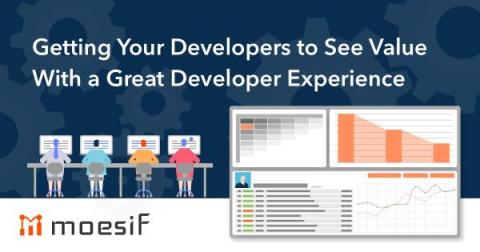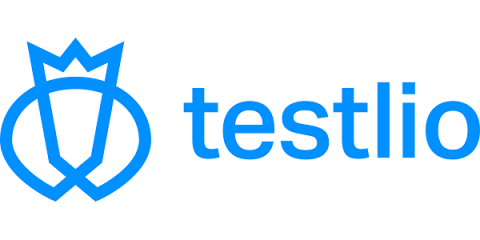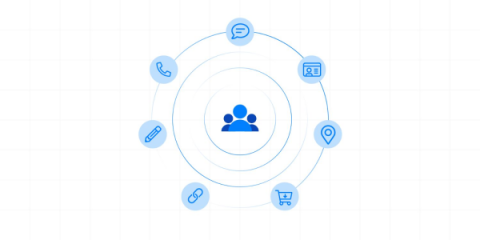A Step-by-Step Guide to Clear Browser Cache in Major Browser
A browser will preserve your history eternally if you need to return to a possibly forgotten part of the internet that you visited once upon a time. Significant others, friends, co-workers, professors, and even the authorities can all use it against you. It makes no difference if you've never looked at the website's content. Simply paying a visit these days can be enough to elicit indignation, blackmail, or whatever other form of retaliation you fear.










